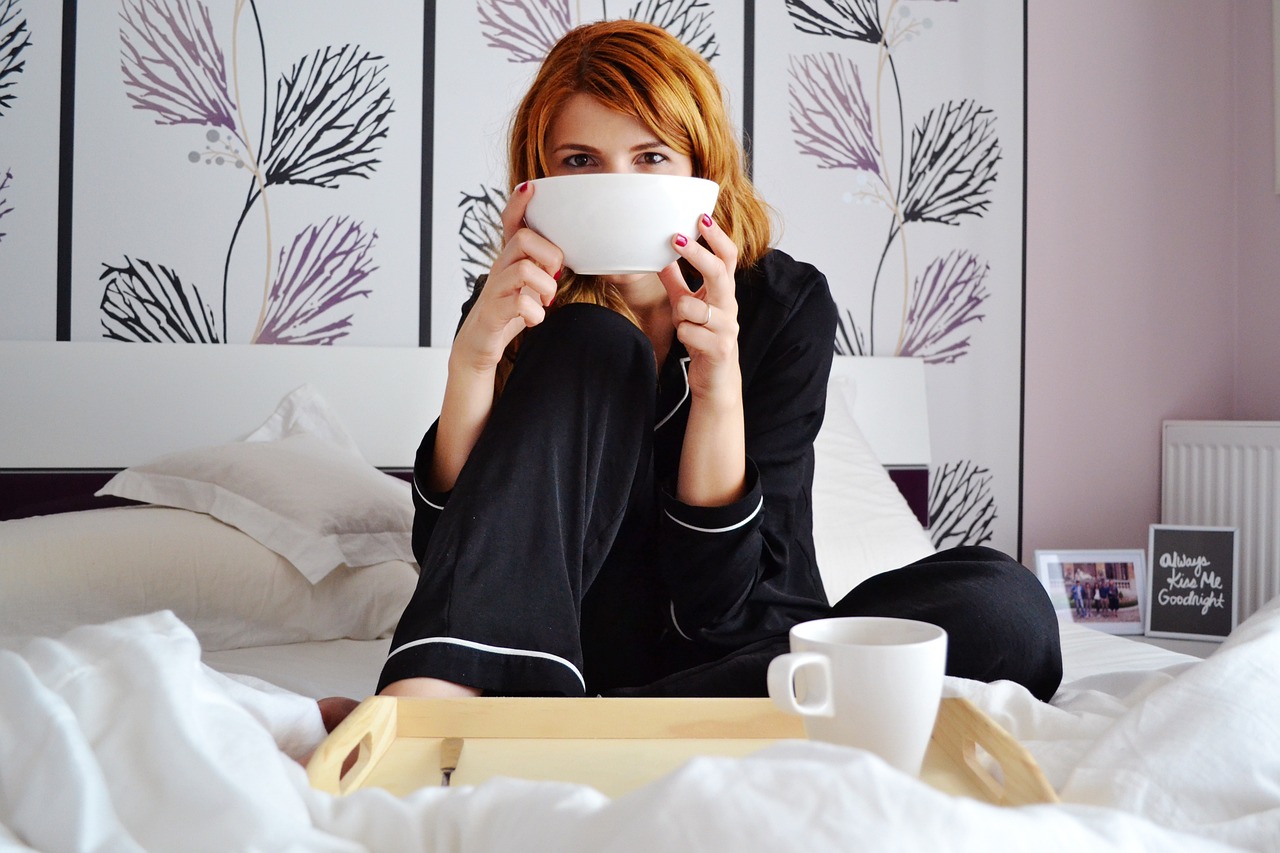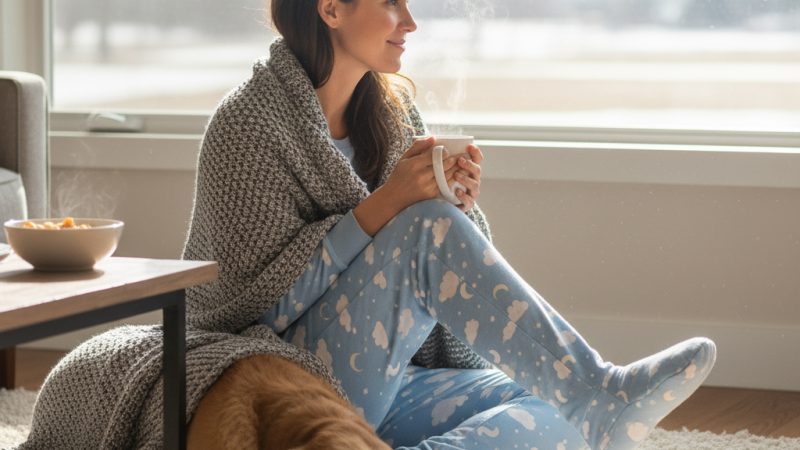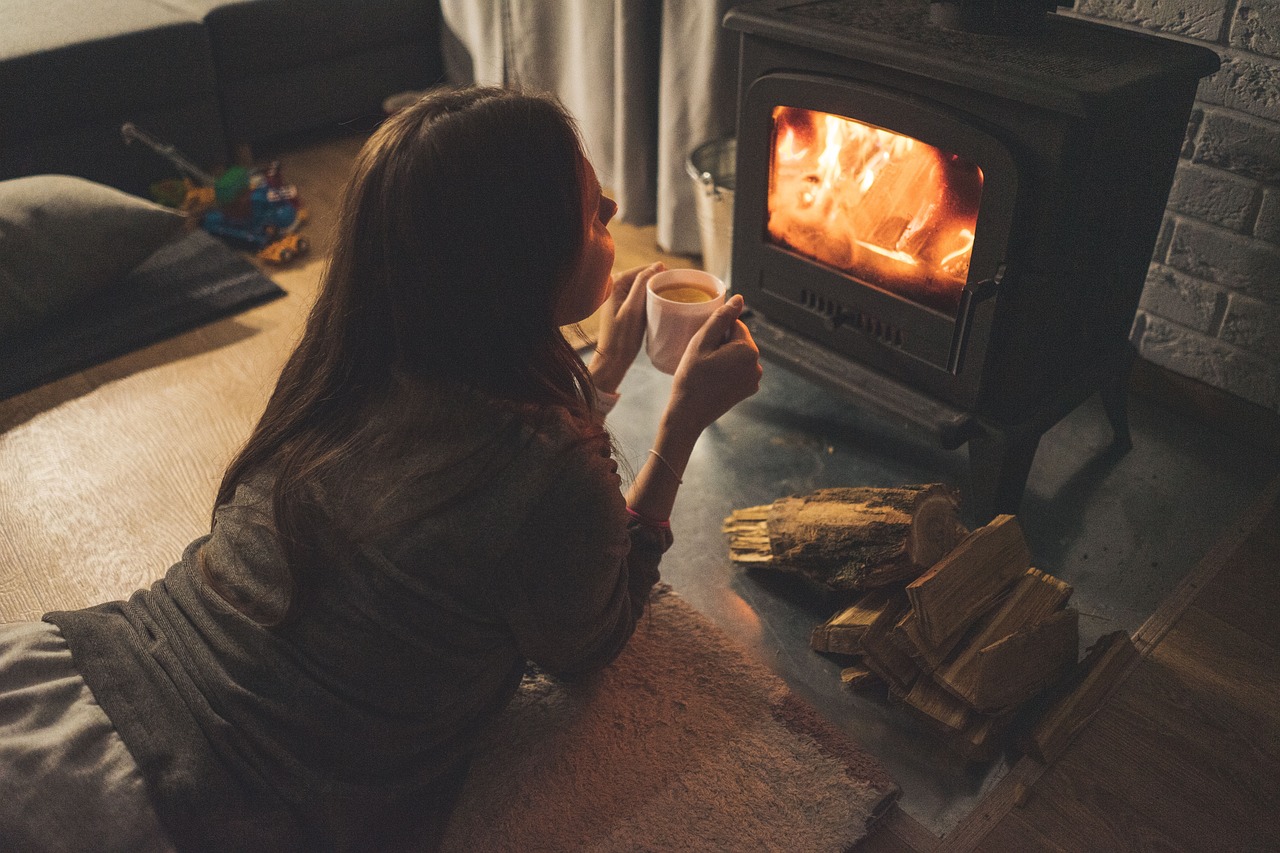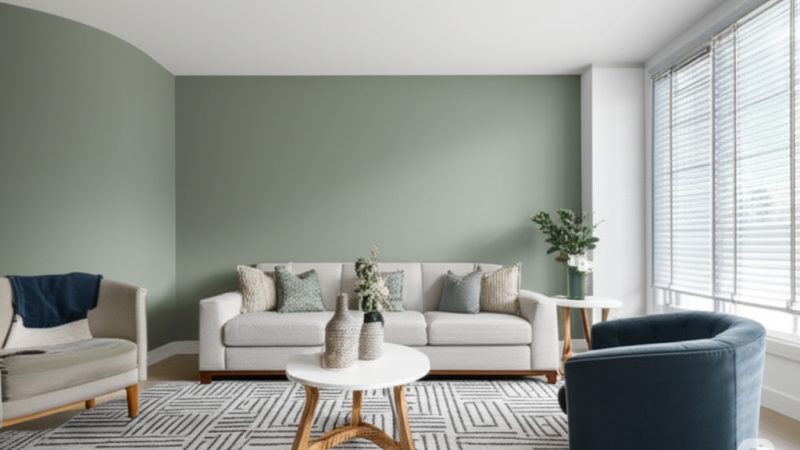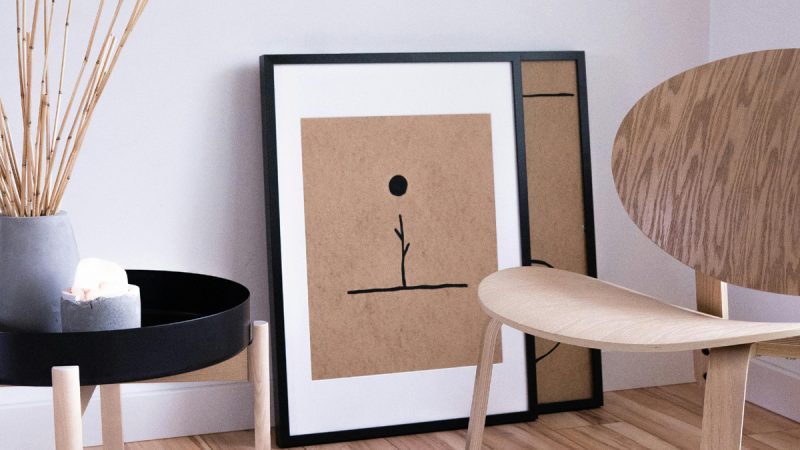Are You Sleeping on a Gold Mine?
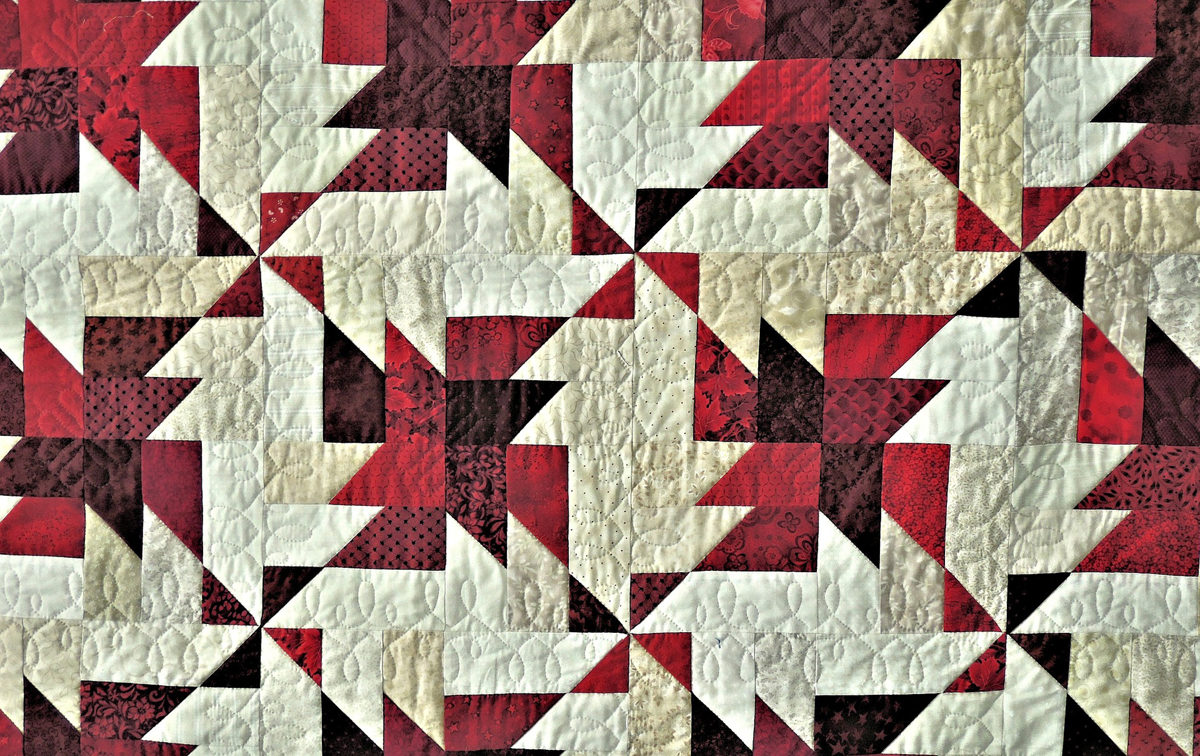
Tips on Identifying The Most Valuable Vintage Quilts
There are many of the earth’s greatest quilts that won’t ever be seen on a museum wall or will never be appraised by a professional. Instead, they’ll rest on family beds of those who can describe each and every stitch, and which ancestor held the needle. Along with this will come the time the quilt was made, and why the quilt was made. The family heirlooms made for individuals within the family — usually one particular individual — starting as a gift and then making their way through the succeeding generations.
Quilts are the storytellers of the family, the purveyors of its history. They came into existence as a way to honor a family member, their standing in their town, a new homestead or wedding or to remember days that held special meaning. There are quilts that announce a social or political stance. A great contemporary example would be the AIDS Quilt, from 1987, which bonded survivors and families who have lost those members to AIDS.
In looking for the best antique quilt, knowing the materials and techniques of quilting are very important for identifying the real deal. Reproductions have been known to get by even the experts. So, to cut down on being taken to the cleaners when looking into obtaining an antique quilt, let’s look at some pointers that will help.
1. Batting
Batting made from polyester batting is a fairly new invention, as polyester didn’t find a place with consumers until the ’60s. So antique quilts will be from cotton or wool, and maybe a silk batting on rare occasions. You may also find pieces from older quilts as the batting for newer ones.
2. Thread
Back in the olden days, heavy cotton thread taken from old feed sacks were used to stitch together quilt pieces before the common everyday thread came about that today is so readily available. For appliqu�s, check to see if white thread only had been used on the entire quilt. If so, it is more modern, as it is a recent addition to match threads in appliqu�.
3. Stitching
Small, spaced evenly and regularly throughout the quilt. This comes from the fact that antique quilts not only were made for their beauty, but to be practical, and the tight stitches meant years of use with no wear and tear.
4. Condition
An authentic cloth from an antique quilt will be soft and even worn in parts. New quilt fabric will look like-new for many years, but older quilts will have been used often by family members who loved them.
5. Bed Size
Beds are not the same these days as they were decades and centuries ago. Those making quilts in the beginning of the 19th century were not meant for the king size bed of today.
6. Dyes
Early 1800s dyes were created through boiling plants in iron pots on stove tops to bring out their colors. This resulted in boring, earthy colors such as pale green and slate gray. During the Civil War, aniline dyes were the rage, and had colors that came alive, but fell to a dull fade over the years.
If you collect your antique quilts because of their design, or because of their history, or really just to invest in value, you will want to find an antique dealer who is honest. A good, honest antique dealer will do what is necessary to find out the history of the quilt you have in mind, going back as far as they are able to track it down. A good dealer will mean the difference between an authentic quilt hanging on your wall, and a cheap reproduction hidden embarrassingly in a box.
The Author:
Valentina Kaltchev is a small business owner and online entrepreneur. To pursue her interests she changed her longstanding career and established her company, SDKings, through which she operates several online stores focusing on handmade baby quilts, organic products for babies and adults, and homeopathy and natural healing.


